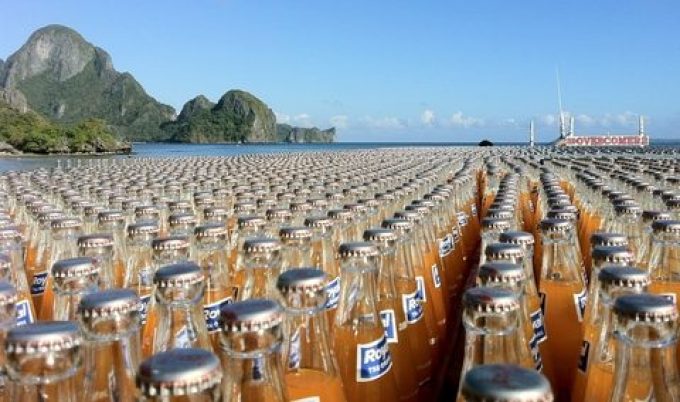Hutchison megadeal reveals dark side of container shipping
What money cannot buy

So, what’s new in fuels, then?
Amid the battleground of future fuels, a new technology is quietly making its way into the discussion. Shipping lines may soon be able to offer low- or near-zero carbon shipping through the expedient of onboard carbon capture and storage (CCS) ...

Comment on this article